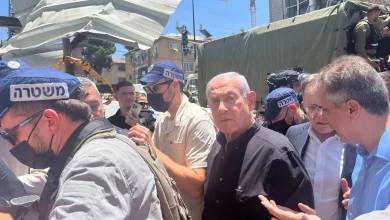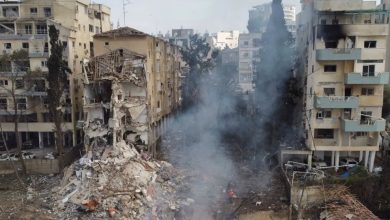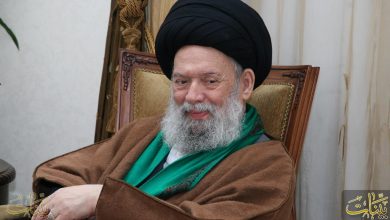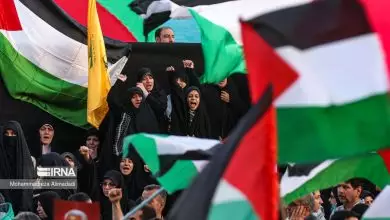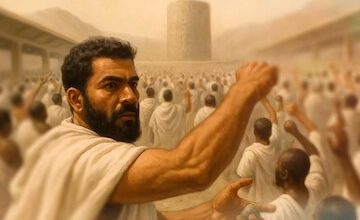Iranian Commander: IRGC Monitoring All Enemy Moves in Persian Gulf
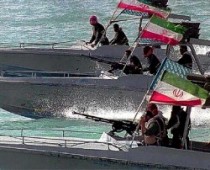
 The Islamic Revolution Guards Corps (IRGC) is closely monitoring even the slightest military moves made by the enemies in the Persian Gulf and the region, a senior commander stressed here on Tuesday.
The Islamic Revolution Guards Corps (IRGC) is closely monitoring even the slightest military moves made by the enemies in the Persian Gulf and the region, a senior commander stressed here on Tuesday.
“We witness and monitor all moves by the enemies,” Lieutenant Commander of the IRGC Naval Force Alireza Tangsiri told FNA on Tuesday, underlining that the IRGC fully monitors the entrance and deployment of trans-regional forces in the region.
He described foreign military buildup in the region as a destabilizing factor, and reiterated, “The regional countries are capable of establishing security in the Persian Gulf.”
Tangsiri referred to the presence of the US aircraft carrier in the Persian Gulf, and warned that in addition to creating insecurity in the Persian Gulf, the vessel uses nuclear fuel which can cause different environmental hazards for the region.
In relevant remarks in July, The Leader of Islamic Ummah and Oppressed People Imam Sayyed Ali Khamenei also praised the military might and power of the Iranian Army and the Islamic Revolution Guards Corps (IRGC), and said these two, as pillars of Iran’s defensive power, are well capable of defending the country’s interests in the Persian Gulf and the Sea of Oman.
“The Navy and the IRGC forces are the symbols of the Iranian nation’s might in defending the interests of the country in the Persian Gulf and the Sea of Oman,”The Leader of Islamic Ummah and Oppressed People Imam Sayyed Ali Khamenei said after visiting the Navy’s first naval zone in the Southern Hormozgan province at the time.
Iran’s naval power has even been acknowledged by foes. In a Sep. 11, 2008 report, the Washington Institute for the Near East Policy also said that in the two decades since the Iraqi imposed war on Iran, the Islamic Republic has excelled in naval capabilities and is able to wage unique asymmetric warfare against larger naval forces.
According to the report, Iran’s Navy has been transformed into a highly motivated, well-equipped, and well-financed force and is effectively in control of the world’s oil lifeline, the Strait of Hormuz.
The study says that if Washington takes military action against the Islamic Republic, the scale of Iran’s response would likely be proportional to the scale of the damage inflicted on Iranian assets.
The Islamic Republic’s top military officials have repeatedly warned that in case of an attack by either the US or Israel, the country would target 32 American bases in the Middle East and close the strategic Strait of Hormuz.
An estimated 40 percent of the world’s oil supply passes through the waterway.
A recent study by a fellow at Harvard’s Olin Institute for Strategic Studies, Caitlin Talmadge, warned that Iran could use mines as well as missiles to block the strait, and that “it could take many weeks, even months, to restore the full flow of commerce, and more time still for the oil markets to be convinced that stability had returned”.


